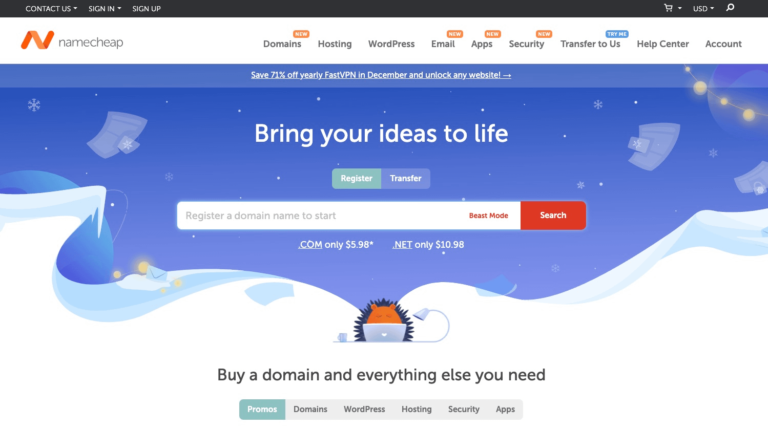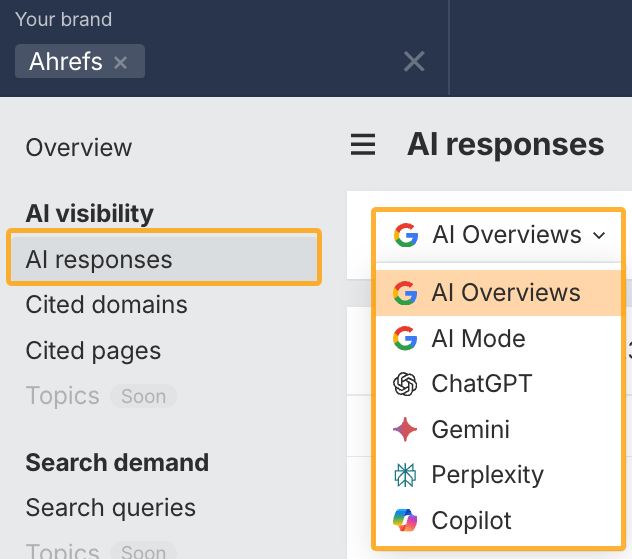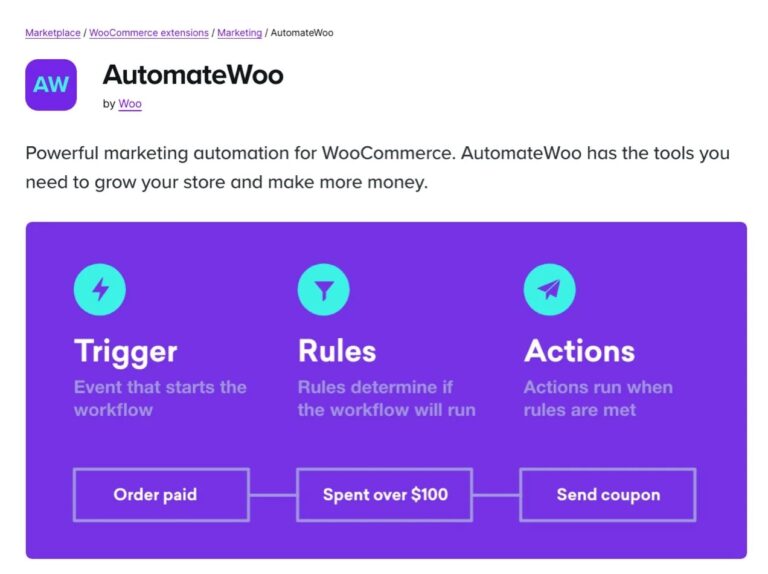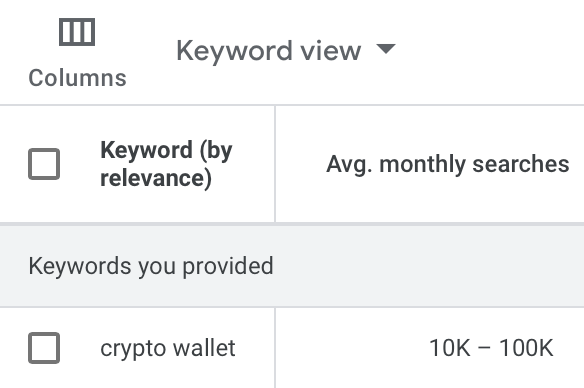
Launching your digital business seems like an all-consuming mix of excitement and nervousness. Sometimes, to our detriment we assume that our potential users share this feeling with us. But the truth is, working tirelessly on your app and uploading it to the app store isn’t enough. People don’t just use apps because they’re available. In a saturated market where innovation and uniqueness seems to be never-ending it takes more than just a great app.
A user base won’t fall into your lap, it’s even tricky to capture a seemingly willing target audience into engaging with your product. To successfully launch your app, you’re going to need some partnerships and distribution channels to help reduce user acquisition costs and get potential investors excited. Partnerships are powerful because having the right ones can leverage an existing and engaged customer base. This creates invaluable traction within your market demographic, potential customer base and technology sub-sector.
Let’s talk about the basics of closing partnership deals:
Identifying Potential Partners
The first step in the process is identifying the potential partners who could help you on the road to success. To be clear, a potential partner is anyone with a valuable database or network who isn’t a direct competitor.
Start thinking about which other brands, organisations, services or communities are out there that have a similar customer base or offer a complimentary service. These could be but are not limited to:
- Large and engaged Facebook groups (contact page admins)
- Media publications
- Products or Services
- Multi-franchised businesses
- Community organisations
- Charities
- Sport clubs
- Start-ups
- Corporates
- Insurance agencies
- Niche brands
Start working on a spreadsheet where you categorise potential partners into Tier Three (5000+ people in their database), Tier Two (25,000+) and Tier One (100,000+). Include their contact information, as well as their product or service description.
Approaching Potential Partners
Having your potential partners categorised by the size of their user base informs you on the order in which you should approach them. Tier Three partners give you credibility in approaching Tier Two partnerships and so on. But how do you do this in a productive way both for yourself and for your future partners? Start with these basic steps and you can start to build up your own reputation and authority in your industry.
1. Identify how you can create value for both parties and make a plan.
All partnership proposals start with a value proposition that answers “what’s in it for me?” for your potential partner. Once you know what value you can offer and gain from a partnership with another business, note your unique ‘pitch’. Include benefits for both parties, a timeline list of required activities for implementation and a budget for needed resources.
2. Approach the potential partner and present your idea.
When you approach a potential partner, make sure to get in contact as soon as possible with the decision-maker of the company. No matter how well the discussions with your first contact go, you will have to start all over again when you get in the room with the decision maker. Once you’ve built a rapport with that person, present them your proposal, talking about what they can get out of a partnership with you, what’s required from them for success and what you’re offering.
3. Discuss the partnership terms and refine them.
Listen to your potential partner. Find out where they are on their business journey, what their strategic aims are and what issues they have at the moment. You might find the partnership proposal you came up with isn’t what they need, but by changing goals or timelines, you can find a mutually beneficial partnership format. On the other hand, don’t let your potential partner talk you into an agreement where they reap maximum advantage leaving you with an uneven power distribution.
Approaching partners and closing deals are daunting tasks, but they become more manageable if you maintain organisation and do your research. Keep in mind that you are not expected to close partnerships until you have a shiny prototype to demonstrate. But doing the groundwork to be aware of where your business value stands, who your future partners could be and what you could offer them can set you on the right track for success: reaching the best users for your business, no matter the effort you expend in the process.
Want to know if your idea is any good?
We offer a free startup idea evaluation for our Medium readers in Australia and the United Kingdom.
Join our free founder community today
Apollo is a free founder community designed to help first time entrepreneurs get it right the first time around. Access to over 1,600 founders, 50+ mentors, 30+ investors and over $10k in partner discounts.
Access Apollo for free today.





